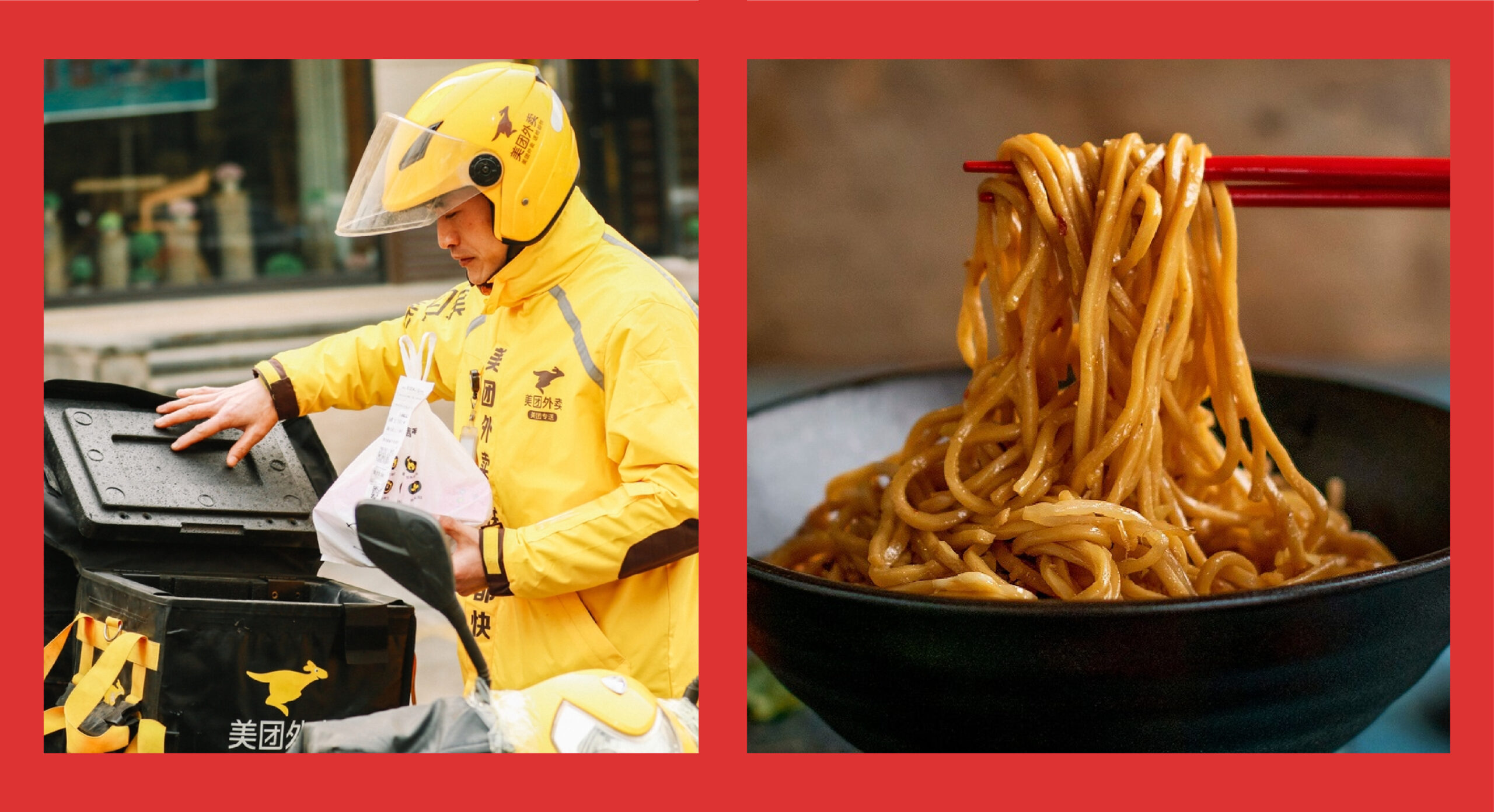Chinese food has long been a beloved cuisine in the United States, with its rich flavors, diverse dishes, and comforting qualities making it a go-to option for millions of Americans. Over the years, the demand for Chinese food delivery has skyrocketed, driven by the fast-paced lifestyles of modern consumers and the ease of accessing meals with just a few clicks. Whether it’s a lazy evening at home, a quick lunch at the office, or a last-minute dinner party, Chinese food delivery offers a convenient solution that has become deeply ingrained in American culture. This article delves into the history, popularity, and evolution of Chinese food delivery in the United States, examining why it remains a favorite choice for many.
The History of Chinese Food in the United States
Early Beginnings and Cultural Integration
The history of Chinese food in the United States dates back to the mid-19th century when Chinese immigrants first arrived during the California Gold Rush. These immigrants brought with them their culinary traditions, which quickly began to influence American cuisine. Initially, Chinese food was primarily consumed within the immigrant communities, but as Chinese restaurants began to open in larger cities, their popularity spread to the broader American public.
By the early 20th century, Chinese food had become a staple in many American households. Dishes like chop suey and chow mein became synonymous with Chinese cuisine in the United States, albeit adapted to suit American tastes. The affordability and accessibility of Chinese restaurants made them popular dining options for working-class Americans, and over time, Chinese food became an integral part of the American culinary landscape.
The Rise of Chinese Food Delivery
The concept of food delivery in the United States began to gain traction in the mid-20th century, and Chinese restaurants were among the first to adopt this model. The convenience of having hot, flavorful meals delivered directly to one’s doorstep appealed to a wide range of consumers. The delivery model fit perfectly with the nature of Chinese cuisine, where many dishes are prepared quickly and maintain their quality during transport.
As urbanization increased and Americans’ lifestyles became more fast-paced, the demand for quick and convenient meal options grew. Chinese food delivery, with its wide variety of options and relatively quick preparation times, became a popular choice. By the 1980s and 1990s, Chinese food delivery was a common feature in American cities, with many restaurants offering extensive delivery services that catered to both individual households and corporate offices.
The Popularity of Chinese Food Delivery
Variety and Flavor
One of the primary reasons for the enduring popularity of Chinese food delivery in the United States is the variety and richness of flavors that Chinese cuisine offers. From sweet and sour dishes to spicy Szechuan creations, there is something for every palate. The ability to mix and match dishes also adds to the appeal, allowing customers to create their ideal meal combination with a balance of proteins, vegetables, and starches.
Popular dishes like General Tso’s chicken, beef with broccoli, fried rice, and egg rolls have become staples in Chinese food delivery orders. The diversity in the menu means that customers can easily find options that suit their dietary preferences, whether they are looking for vegetarian, gluten-free, or low-carb dishes. The portion sizes are often generous, making Chinese food delivery an excellent option for feeding a crowd or having leftovers for the next day.
Convenience and Accessibility
In today’s fast-paced world, convenience is a key factor in meal choices, and Chinese food delivery excels in this regard. With the rise of online ordering platforms and mobile apps, getting Chinese food delivered has never been easier. Customers can browse menus, customize their orders, and pay online, all within a matter of minutes. Many Chinese restaurants also offer their own delivery services, ensuring that food arrives hot and fresh.
Chinese food delivery is not just limited to urban centers; it has also expanded to suburban and rural areas, thanks to advances in technology and logistics. Whether living in a bustling city or a quiet town, customers can enjoy their favorite Chinese dishes without leaving the comfort of their homes. The combination of accessibility and speed makes Chinese food delivery an ideal choice for busy professionals, families, and anyone looking for a quick and satisfying meal.
The Evolution of Chinese Food Delivery
Technological Advancements
The evolution of Chinese food delivery has been closely tied to advancements in technology. In the past, ordering Chinese food delivery involved making a phone call and often required cash payment upon delivery. However, the advent of online ordering platforms revolutionized the process, allowing customers to place orders through websites or mobile apps with just a few taps.
Platforms like Grubhub, Uber Eats, and DoorDash have played a significant role in expanding the reach of Chinese food delivery. These platforms partner with local Chinese restaurants, offering a seamless ordering experience that includes real-time tracking and multiple payment options. Additionally, many of these platforms offer reviews and ratings, helping customers make informed decisions about where to order from.
The use of technology has also improved the efficiency of delivery services. Restaurants can now manage orders through integrated systems that streamline the preparation and delivery process. This not only reduces wait times for customers but also allows restaurants to handle a higher volume of orders, ultimately increasing their revenue.
Adapting to Changing Consumer Preferences
As consumer preferences have evolved, so too has the Chinese food delivery industry. In recent years, there has been a growing demand for healthier and more sustainable meal options. Many Chinese restaurants have responded by offering dishes with less oil, reduced sodium, and more fresh vegetables. Some have even introduced organic and locally sourced ingredients, catering to the health-conscious consumer.
Another significant trend is the rise of plant-based diets. To meet this demand, many Chinese restaurants now offer vegetarian and vegan options that do not compromise on flavor. Dishes like tofu stir-fry, vegetable dumplings, and mock meat dishes have become popular choices for those looking to enjoy Chinese food without animal products.
Additionally, the packaging used in Chinese food delivery has seen improvements. With an increased focus on sustainability, many restaurants are switching to eco-friendly packaging materials that are biodegradable or recyclable. This shift not only appeals to environmentally conscious customers but also helps reduce the environmental impact of the delivery industry.
The Impact of Chinese Food Delivery on the Restaurant Industry
Economic Contributions
Chinese food delivery has had a significant impact on the restaurant industry in the United States. For many Chinese restaurants, delivery services represent a substantial portion of their revenue. The convenience of delivery attracts a steady stream of customers, particularly during peak times such as lunch and dinner.
The ability to offer delivery services has also helped many Chinese restaurants survive and thrive in a competitive market. By reaching customers who may not have the time or inclination to dine out, restaurants can maintain a consistent flow of orders even during off-peak hours. This steady income is crucial for small, family-owned establishments that rely on delivery to keep their businesses afloat.
Moreover, the partnership between Chinese restaurants and third-party delivery platforms has created new opportunities for growth. These platforms provide restaurants with greater visibility and access to a broader customer base, allowing them to expand their reach beyond their immediate neighborhoods.
Challenges and Opportunities
While Chinese food delivery offers numerous benefits, it also presents challenges for restaurants. The commission fees charged by third-party delivery platforms can be high, cutting into the profits of small businesses. Some restaurants have responded by offering their own delivery services to reduce costs and retain more control over the delivery process.
Another challenge is maintaining the quality of food during delivery. Chinese cuisine is best enjoyed fresh, and the time it takes for delivery can sometimes affect the texture and temperature of certain dishes. To address this, many restaurants have invested in better packaging and have optimized their menus to include dishes that travel well.
Despite these challenges, the demand for Chinese food delivery continues to grow, presenting opportunities for innovation. Restaurants are exploring new ways to enhance the delivery experience, whether through faster delivery times, more personalized service, or exclusive delivery-only menus. As the industry evolves, those who can adapt to changing consumer needs and preferences are likely to thrive.
Conclusion
Chinese food delivery has become an integral part of American dining culture, offering convenience, variety, and delicious flavors that appeal to a wide audience. From its humble beginnings to its current status as a staple of the delivery industry, Chinese food delivery has evolved to meet the demands of modern consumers. As technology continues to advance and consumer preferences shift, the industry is poised to continue its growth, bringing the tastes of China to homes across the United States.
Read more: Jason Kelce Wife: Unveiling the Woman Behind the NFL Star




